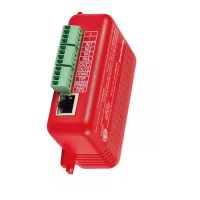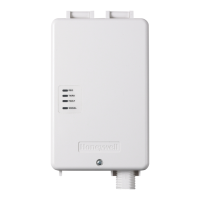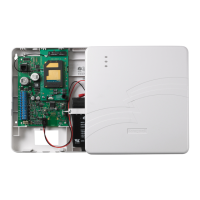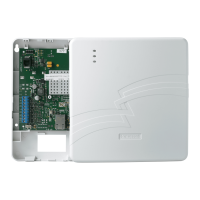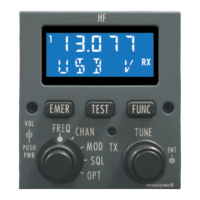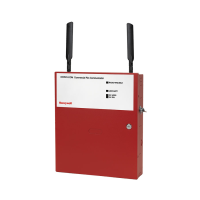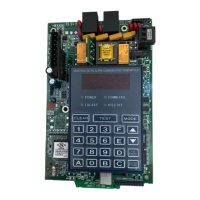Revision 3 MC Toolkit (MCT404) User Manual 5
2. Before you begin
2.1 Calibration requirements
Input calibration
Input calibration of pressure transmitters should be done only when necessary, and should be done only
under conditions that will ensure accuracy:
The transmitter should be taken out of service, and should be moved to an area with favorable
environmental conditions: clean, dry, and temperature-controlled.
The source for the input pressure must be very precise, and certified for correct operation.
The procedures should be done by qualified personnel.
Details of requirements and procedure are given in Table 14.
Output Calibration
The Loop Test procedure is intended as a check for continuity and condition of components in the output
current loop. The Loop Test procedure is given in Table 15.
The Trim DAC Current procedure calibrates the output of the Digital to Analog converter for minimum
(0%) and maximum (100%) values of 4 mA and 20 mA, respectively. This procedure is used for
transmitters operating on-line in analog mode, to ensure proper operation of the transmitter with all
associated circuit components (wiring, power supply, control equipment, etc). It is necessary to use
precision test equipment (an ammeter or a voltmeter in parallel with precision resistor). The Trim DAC
procedure is given in Table 16.
The Apply Values procedure uses actual Process Variable input levels for calibrating the range of a
transmitter. To measure a liquid level for example, a sight-glass can be used to determine the minimum
(0%) and maximum (100%) level in a vessel. The Process Variable is carefully adjusted to stable
minimum and maximum levels, and the LRV and URV values are then set by commands from the MC
Toolkit. The DE Apply Values procedure is given in Table 17.
2.2 Transmitter/Communication characteristics
Digital to Analog conversion and transfer
The characteristics of a typical Honeywell Smart Pressure Transmitter (DE Protocol) are summarized in
Figure 2-1 through Figure 2-5, following.
Honeywell Transmitter (Analog Mode)
Analog-to-Digital Sensing
As indicated by key number (1) in Figure 2-1, the sensor is a sealed assembly that typically includes
three separate sensors: Differential Pressure (DP), Static Pressure (SP) and Temperature (Temp).
Input Characterization

